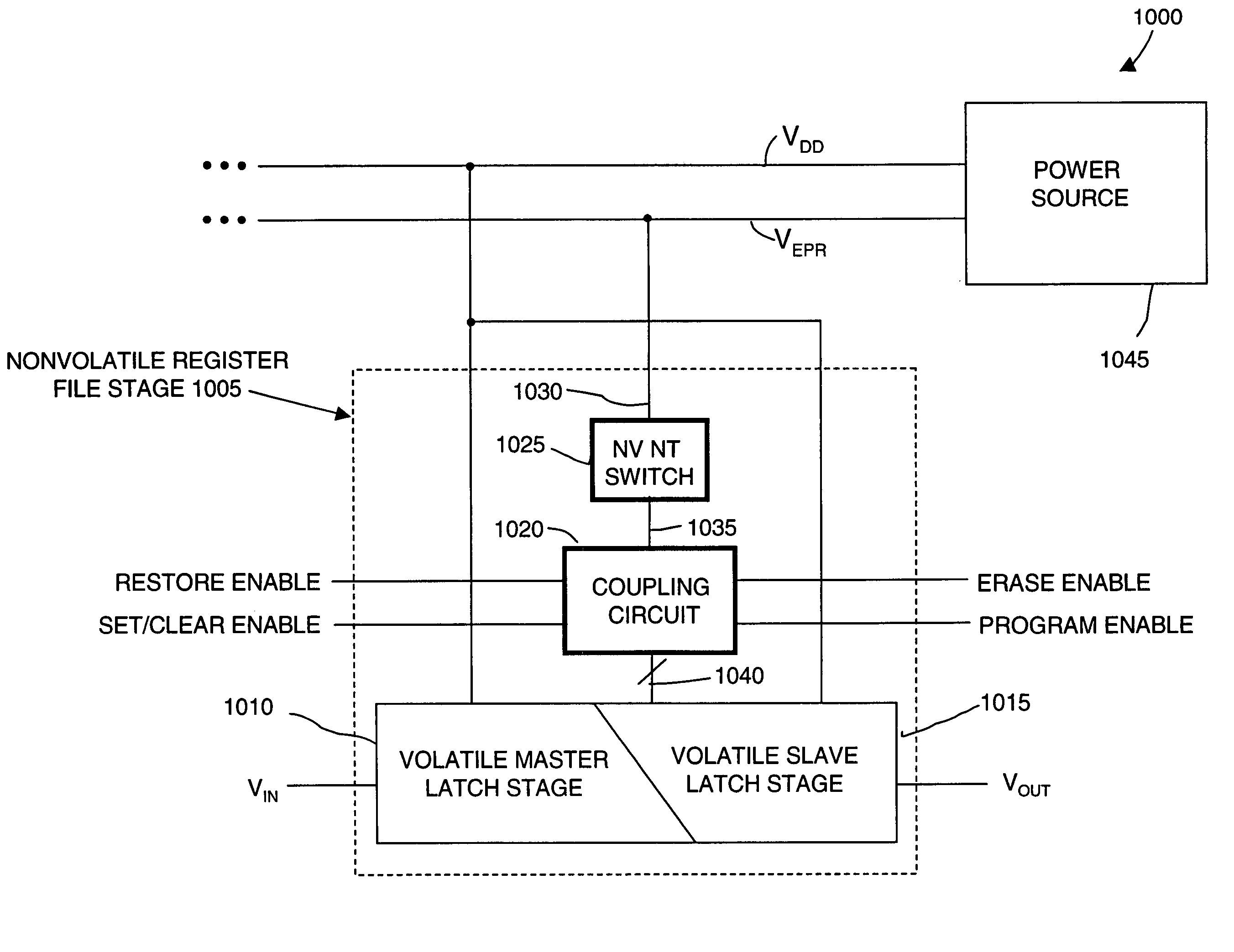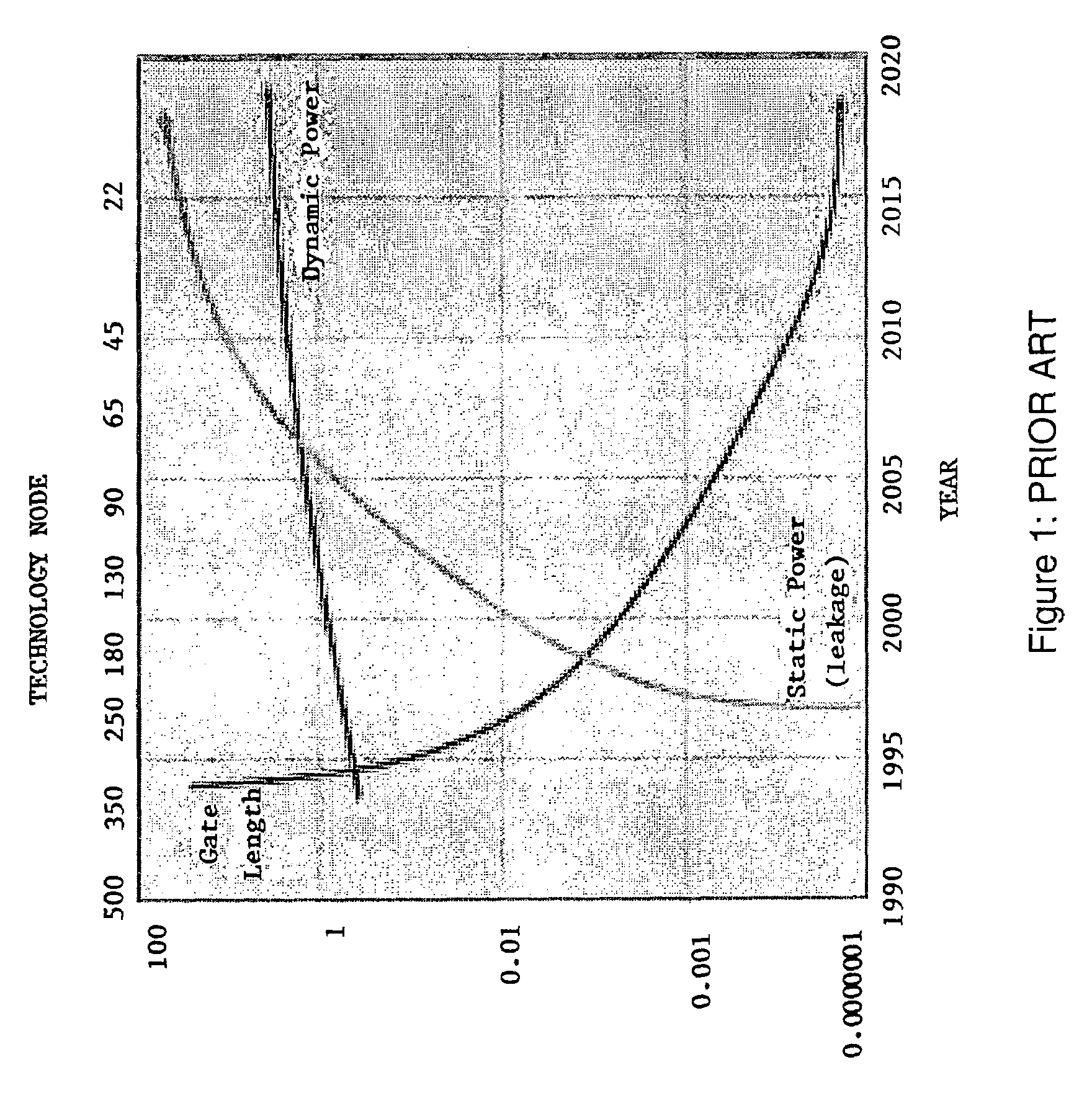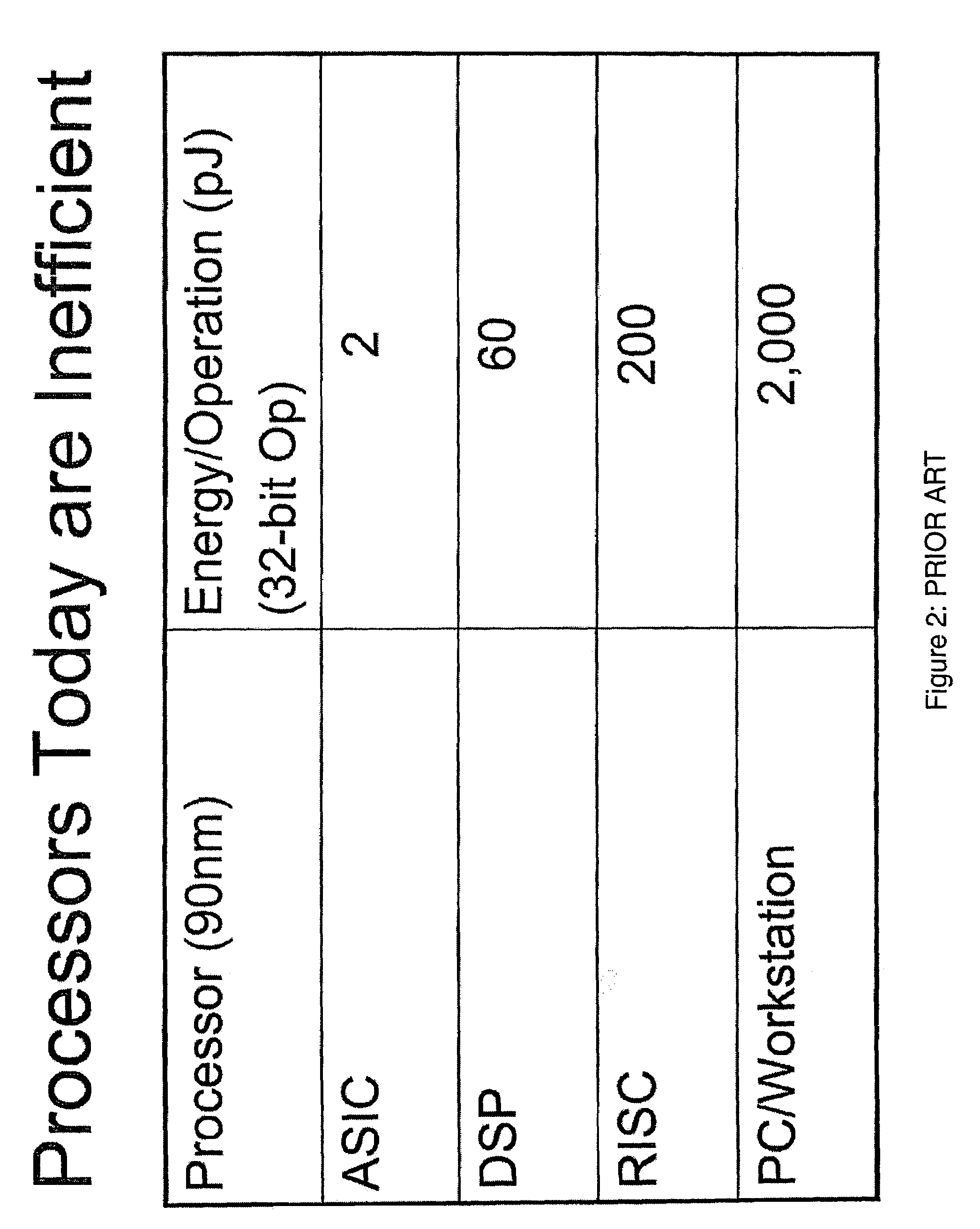Non-volatile-shadow latch using a nanotube switch
a nanotube switch and shadow latch technology, applied in the field of latches, can solve the problems of high static power dissipation, high fet device off-state leakage current, power dissipation is setting limits on the combination of speed and function per chip,
- Summary
- Abstract
- Description
- Claims
- Application Information
AI Technical Summary
Benefits of technology
Problems solved by technology
Method used
Image
Examples
Embodiment Construction
[0090]Preferred embodiments of the present invention provide non-volatile shadow elements that include nanotube switches. In general, the non-volatile shadow elements are coupled to corresponding system volatile latches, also referred to as register file latches. In some embodiments, the shadow elements are coupled to corresponding system latches by coupling circuits. In other embodiments, the shadow elements are directly coupled to corresponding system latches. In general, the state of a system latch is transferred to a shadow element when the power is turned off to that latch. Accordingly, power may be turned off for an entire chip, or selectively turned off for one or more portions of a chip, and information in each system latch will be transferred to the corresponding shadow element. Then, when power is restored to the latch, the state stored in the shadow element will be transferred back to the corresponding system latch. This enables power to be turned OFF while saving critica...
PUM
 Login to View More
Login to View More Abstract
Description
Claims
Application Information
 Login to View More
Login to View More - R&D
- Intellectual Property
- Life Sciences
- Materials
- Tech Scout
- Unparalleled Data Quality
- Higher Quality Content
- 60% Fewer Hallucinations
Browse by: Latest US Patents, China's latest patents, Technical Efficacy Thesaurus, Application Domain, Technology Topic, Popular Technical Reports.
© 2025 PatSnap. All rights reserved.Legal|Privacy policy|Modern Slavery Act Transparency Statement|Sitemap|About US| Contact US: help@patsnap.com



